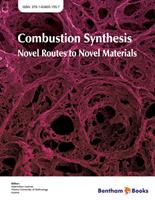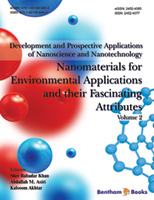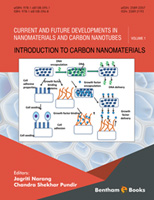Introduction
Mankind’s search for alternative energy sources to oil and gas reserves has been fueled by increasing energy demands and technological developments. Today, the prospect of harvesting energy from new sources is a major issue in scientific and economic discourse and will remain to be so in the future decades to come. Sunlight is known as a reliable and renewable energy source which can be utilized to meet forthcoming energy demand if it is exploited in an efficient manner. Light harvesting nanomaterials represent one way in which this can be achieved through biomimetics or artificially designed supramolecular structures. This eBook brings together facts about the underlying principles and theory about light harvesting systems. It presents interdisciplinary research work with emphasis on nanoscale objects used to harvest light.
Light Harvesting Nanomaterials details a broad range of systems including solar cells which involve hybrid materials to durable tetrapyrrolic sensitizers and other nanopolymer based systems. This eBook is a valuable reference for advanced readers interested in novel technologies that utilize light energy for functional and technical benefits.








